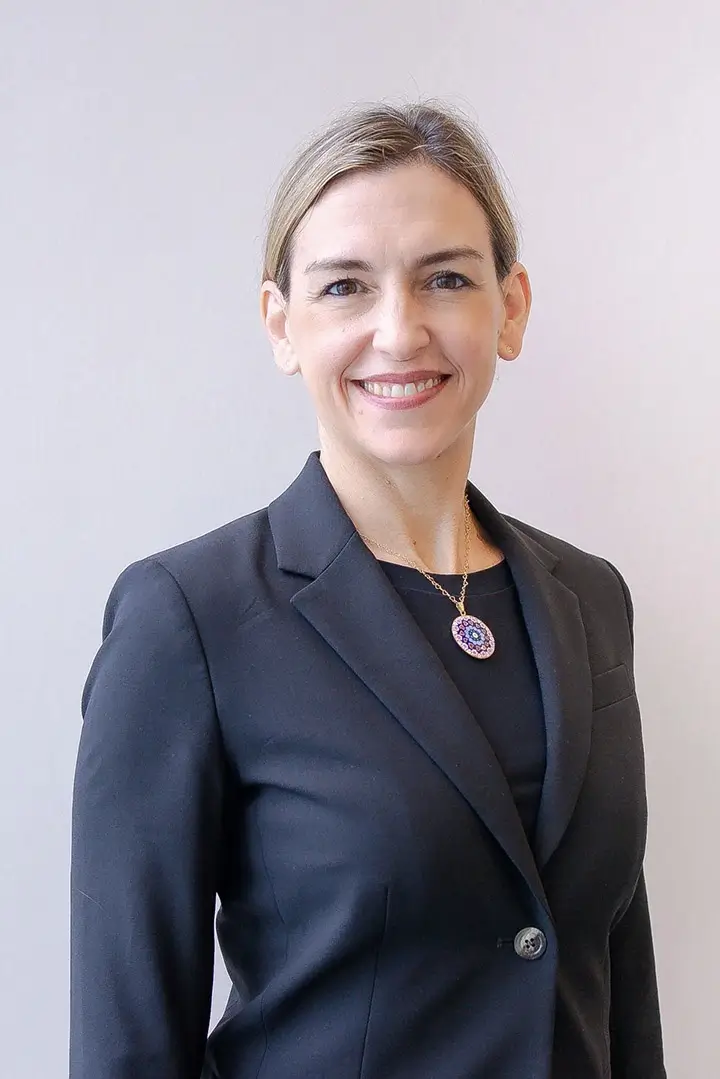Ophthalmologist David Klein has accepted an invitation to travel to the People’s Republic of China in the hopes of learning first-hand about human stem cell therapies that are currently being conducted outside of U.S. borders. In particular, Dr. Klein will focus specifically on medical advances that have been made with adult stem cells that are derived from umbilical cord blood.
As Dr. Klein explains, “A lot of Americans assume that if it’s being done overseas, they’re experimenting on human beings. I’m going into it with an open mind.”
Dr. Klein first became interested in learning about stem cell therapies when several of his patients returned to the U.S. after having traveled overseas to receive stem cell treatments that have not yet received FDA approval to be conducted within the United States. Dr. Klein became especially interested after observing the progress of a 2-year-old patient who had suffered from optic nerve hypoplasia, which is a leading cause of blindness in children, and for which American doctors told the parents that no treatment exists. The family researched other options, however, and in 2007 they traveled to China where they visited a clinic that uses adult stem cells derived from umbilical cord blood. The therapy consisted of 4 infusions of the stem cells into the child’s arm and lumbar region of the spine, and by the third treatment the child was able to see well enough to stand on his own and crawl toward objects, which he had previously been unable to do. By the fourth treatment, the child could see objects at a distance of ten feet away and began attending school. According to his grandmother, the boy “has made huge improvements. There was nothing for him before this treatment. Now, his world is limitless.”
Stem cell “tourism” is a thriving industry, in which increasing numbers of people are flocking to foreign clinics overseas in search of therapies that are not yet legal within the United States. Precisely for this reason, one of the main criticisms against the U.S. FDA (Food and Drug Administration) is that its laws are outdated and no longer apply to new medical technologies such as those that require approval for the use of stem cell therapies. Before any new therapy can become legal within the U.S., it must undergo rigorous scientific and clinical scrutinization that can take a decade or longer and cost the company that is developing the therapy hundreds of millions of dollars. While no one questions the importance and necessity of such testing for safety and efficacy, many scientists do question the lethargic pace at which such testing is often conducted. Increasingly, there are many patients with life-threatening illnesses and injuries who cannot afford to wait a decade or longer to receive a treatment that could literally make the difference between life or death. When such people are forced to travel outside of their home countries in search of any therapy that offers any hope at all, even false hope, the dangers to which these patients are exposed are potentially greater than those that they would face without any treatment whatsoever. Although there do exist a number of scientifically reputable and legitimate stem cell clinics outside of the U.S., these clinics are often competing against the many disreputable and illigitimate “clinics” that offer only bogus, illicit “therapies”, and it is not always easy for the average person to distinguish between these two types of clinics. What is urgently needed now more than ever is an updated overhaul of the U.S. FDA regulatory system, so that those therapeutic stem cell methods which are safe and effective can be made legally available within the U.S. in as timely a manner as possible, while at the same time the laws must also be updated to protect patients from medical treatments that are not verifiable as safe and effective. If such a revision of the FDA approval process were to occur, the direction of stem cell “tourism” might be reversed, with many patients throughout the world traveling to the U.S. in order to benefit from sound medical treatment, rather than so many U.S. citizens having no other option but to travel outside of the U.S. in search of any glimmer of hope.
Meanwhile, Dr. Klein is looking forward to his fact-finding mission to China. Although he has described himself as “cautiously optimistic” about stem cell therapy, he wisely adds that “I want to make sure there’s good science behind it.”
His trip is planned for 2009.

